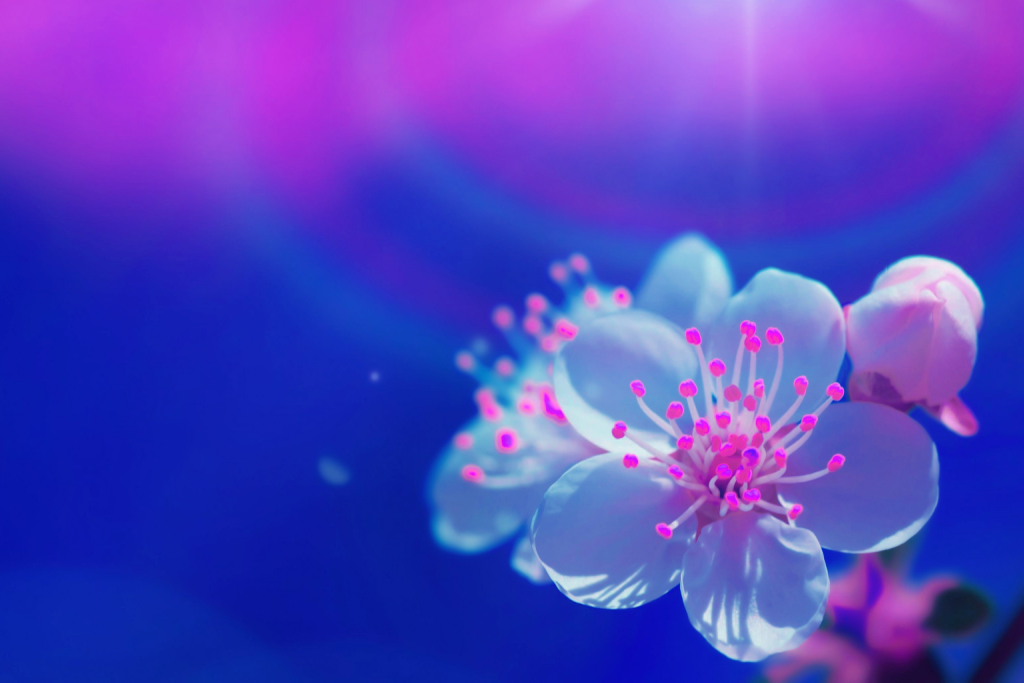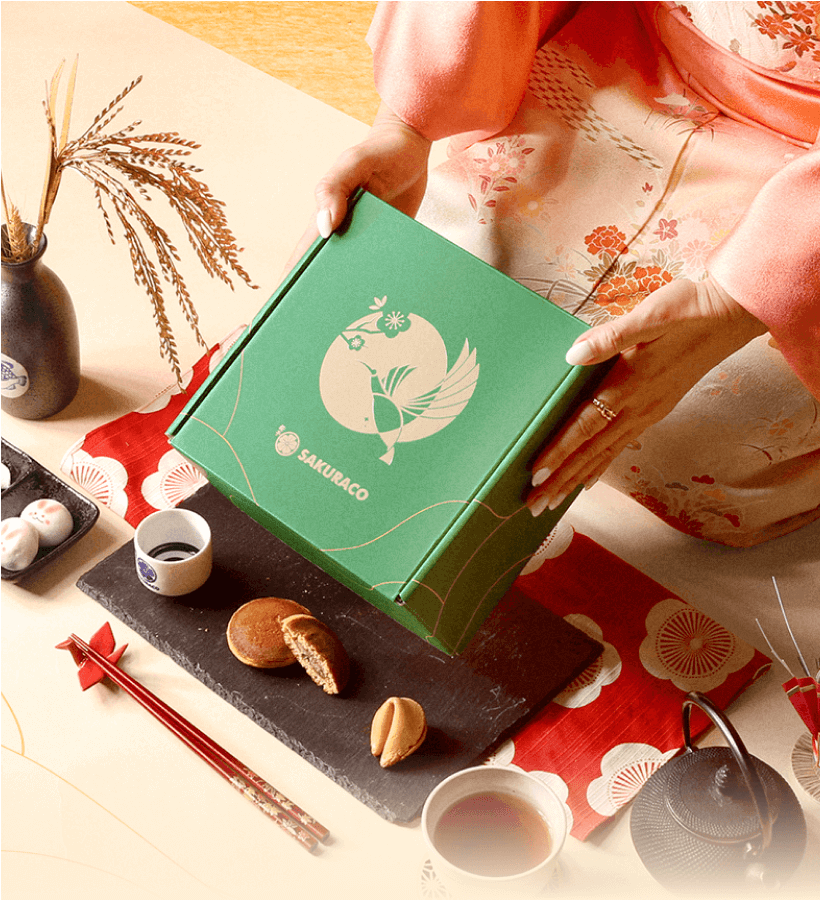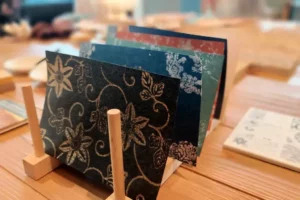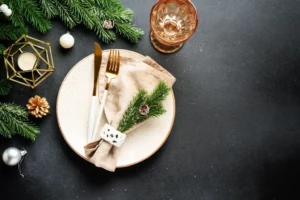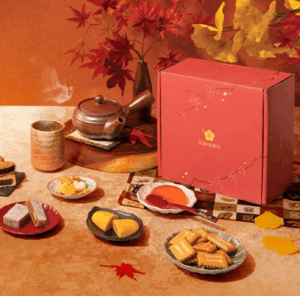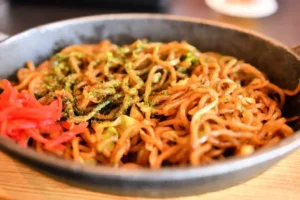Japan’s spring is a special time when cherry trees dress the landscape in soft shades of pink. Enjoy these delicate blossoms from the bright morning hours until the gentle moonlight graces the night, creating a serene and graceful scene. In Japan, you experience cherry blossoms in a way that few other places offer—a seamless journey from sunrise to a peaceful, illuminated night. Consider these helpful tips and insights to make the most of this enchanting sight!
Table of Contents
ToggleWhere can I go in Japan to enjoy cherry blossoms at night?
Cherry blossoms are beautiful during the day but become magical at night! In Japan, people love yozakura, or nighttime cherry blossoms. As the sun sets, lanterns light up, making the pink blossoms glow. The flowers’ reflection in the water also creates an unforgettable sight.

Some yozakura spots to enjoy this moonlight sakura view are Chidorigafuchi in Tokyo and Takada Castle Site Park in Niigata. Chidorigafuchi’s glowing cherry trees and boat rides make it a charming yozakura spot. And Takada Castle Park shines with over 4,000 trees, lanterns, and fireworks. Both spots offer an enchanting yozakura experience with breathtaking views and festive activities!
For a peaceful yet stunning yozakura experience, Meguro River in Tokyo is the perfect place! Over 800 cherry trees line the river, forming a pink tunnel that looks incredible when lit by soft pink lanterns. The lights reflect on the water, adding to the calm, dreamy scenery.
What kind of decorations can I use for my yozakura parties?
The tradition of yozakura has existed for centuries, with people celebrating under the glowing blossoms while enjoying food, music, and laughter. Decorations are important in creating the right atmosphere to make your moonlight party even more special.
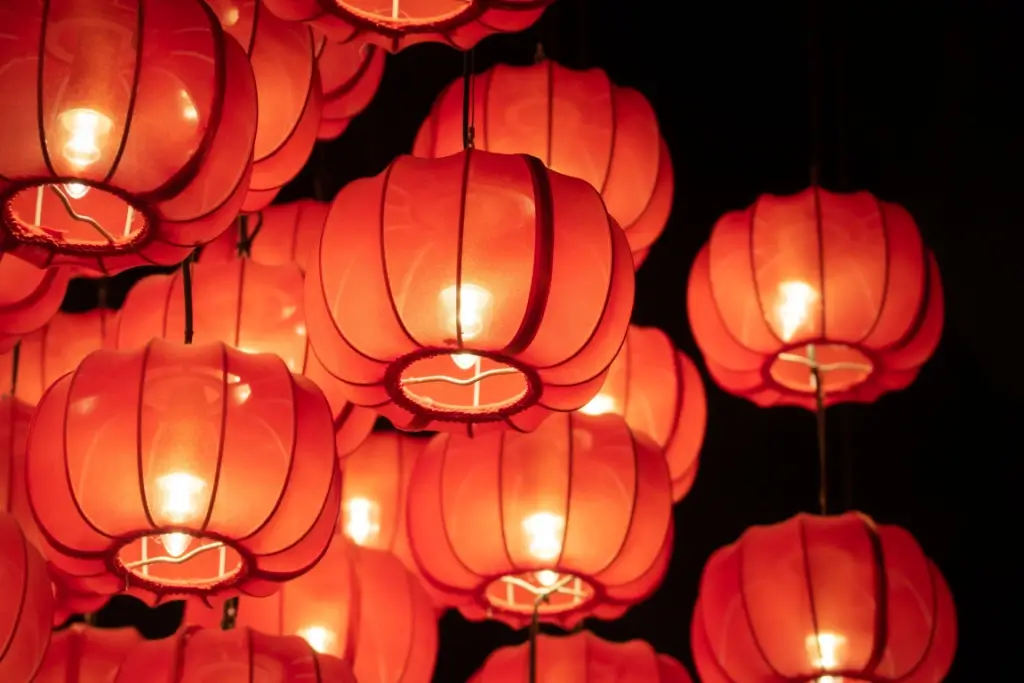
Lanterns are one of the most popular decorations. Hanging chochin (paper lanterns) from trees or placing bonbori (small stand lanterns) along paths creates a warm and inviting glow. Used in Japan for generations, they light up temples, shrines, and festivals. Some even feature cherry blossom patterns, blending beauty with tradition.
For a more delicate and meaningful touch, mizuhiki decorations are a beautiful choice. Mizuhiki is a traditional Japanese art of knot tying, made from twisted washi paper cords. Hang mizuhiki charms shaped like cherry blossoms, cranes, or small fans on branches or place them on tables for decoration. The knots symbolize good luck, connection, and celebration—perfect for an evening of friendship and appreciation for nature.
Are you looking for great snacks to enjoy at night? Check out Sakuraco! Sakuraco delivers traditional Japanese snacks, sweets, tableware, and more from local Japanese makers right to your door, perfect for a pleasant snack time at home!
What kinds of food and drinks should I bring to the party?
When planning food and drinks for a hanami picnic, people in Japan usually bring bento boxes, onigiri (rice balls), sushi, and sandwiches. These easy-to-carry meals make it simple to enjoy the beautiful cherry blossoms while sharing food with friends and family. Soft drinks, sparkling water, and fruit juices are common drink choices. Regarding yozakura, the food and drinks change to something lighter and more refined.
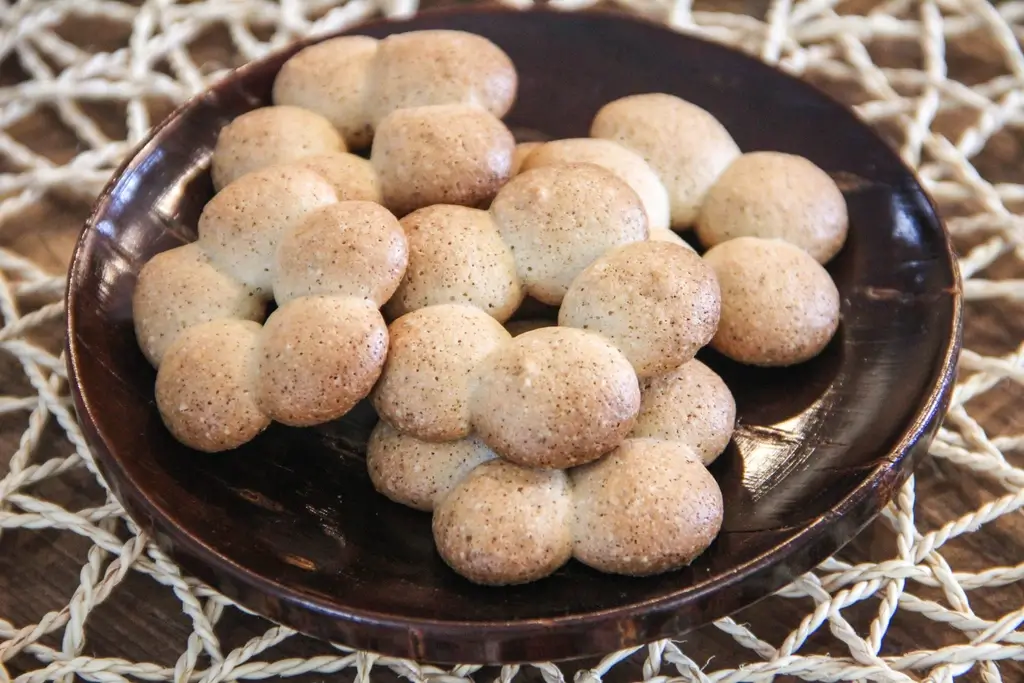
People prefer delicate treats like wagashi (traditional Japanese sweets) and elegant Japanese desserts. A popular snack is boro cookies, tiny and round treats with a lightly sweet and crunchy texture. They have been a favorite in Japan for centuries and are easy to find in supermarkets, specialty stores, and even convenience stores.
These pair beautifully with warm cups of tea, especially matcha. Another well-loved choice is Gyokuro tea from the Asahina area. This high-quality green tea has a deep, umami-rich flavor that perfectly complements sweet treats.
What utensils do I need for a tea ceremony the next day?
After a wonderful moonlight party under the blooming sakura, you might want to feel just as special the next day. It should be filled with the spirit and elegance of spring. What better way to do that than with a traditional Japanese tea ceremony? You’ll need the right utensils to host this peaceful gathering, each important in creating a graceful and meaningful experience.
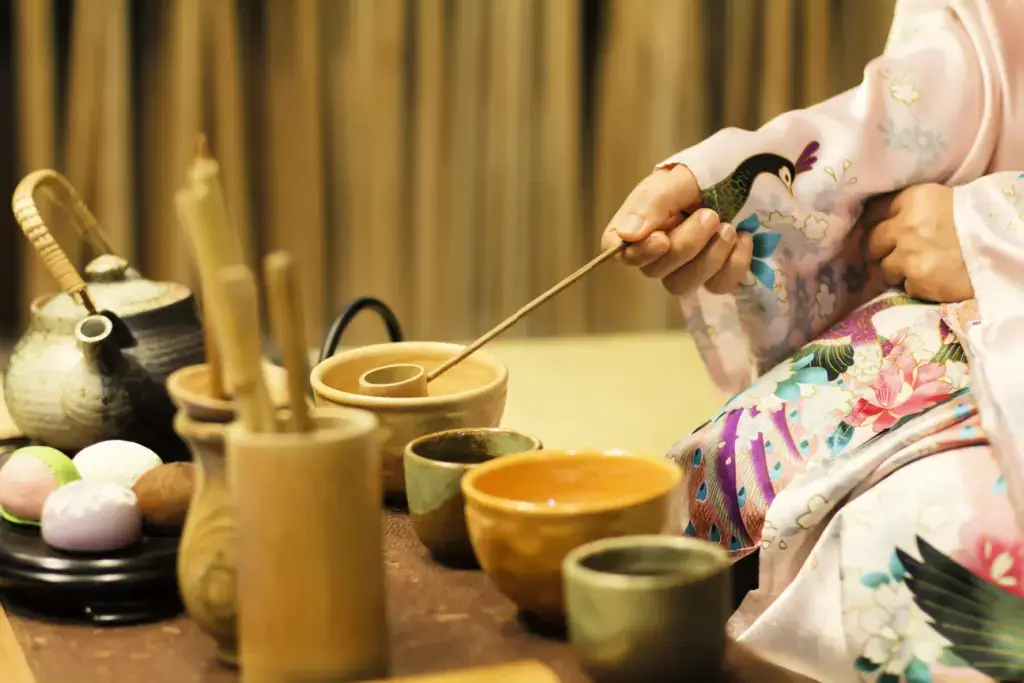
First, you’ll need a chawan (tea bowl) for mixing and drinking matcha, plus a chasen (bamboo whisk) to make it smooth and frothy. A chashaku (tea scoop) measures the matcha, while a hishaku (ladle) pours hot water from the kama (iron kettle). To serve, the natsume (tea caddy) holds the tea, and the chakin (linen cloth) keeps the bowl clean. Each of these utensils carries a story, handcrafted by skilled artisans who preserve the charm of this centuries-old tradition.
Why should I enjoy sakura in the moonlight?
Under the moonlight, cherry blossoms take on a whole new beauty, shimmering softly against the night sky. The beauty of sakura invites us into a world of graceful ceremonies, delicate food, and timeless traditions. It’s a moment to slow down, embrace the delicate wonder of spring, and connect with the world around you peacefully and unforgettably. Have you ever wandered amid cherry blossoms at night? What was it like? Share your experience in the comments!

